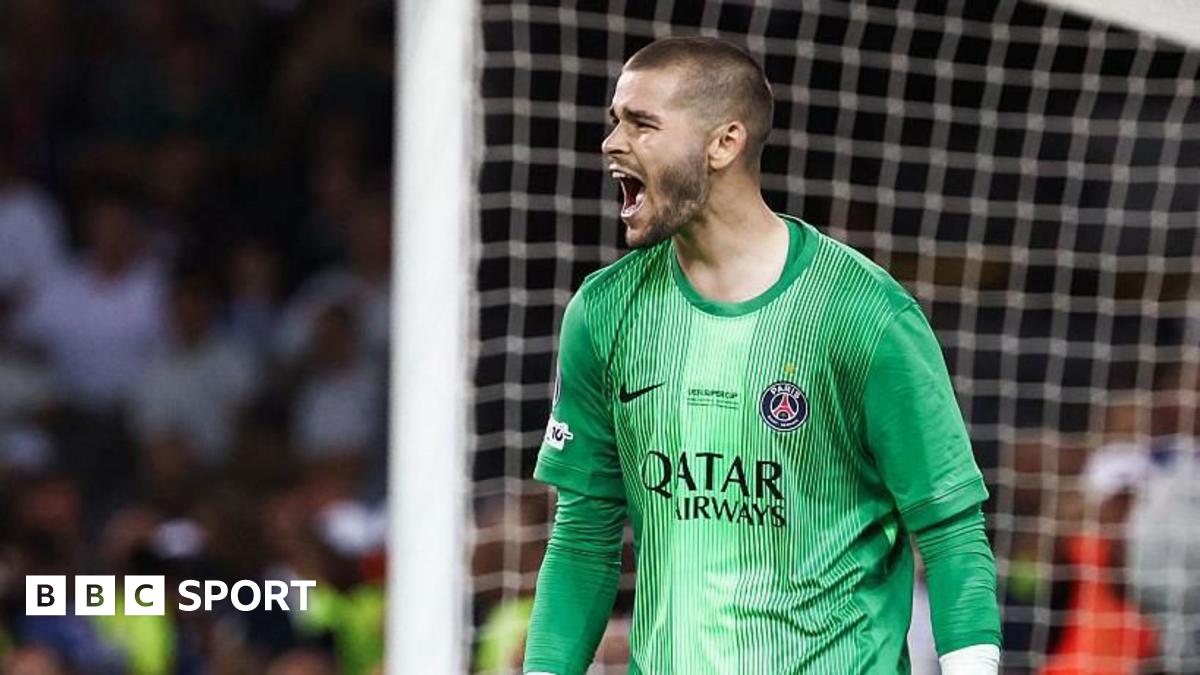President Donald Trump is just one stroke of a pen away from handing another major blow to Elon Musk's plans for space exploration.
On Tuesday, the US Senate passed its version of the 'Big, Beautiful Bill,' a massive piece of spending and tax cut legislation, which also set aside $10 billion for NASA's Artemis program.
Artemis aims to return humans to the moon and establish a permanent US presence there by the end of the decade.
Musk, the CEO of SpaceX, has been a vocal opponent of continued funding for missions to the moon, repeatedly lobbying for the Trump Administration and NASA to focus on colonizing Mars.
If signed into law by Trump, the allotment to NASA would primarily go to pay for the Space Launch System (SLS), which utilizes single-use rockets to send the Artemis vehicles to the moon.
The SLS rockets completely fly in the face of Musk's vision for space travel, as his company mainly relies on reusable rockets during crewed missions to the International Space Station (ISS).
Before their very public falling out in May, it seemed as though Musk had convinced the president to phase out SLS rockets, with Trump proposing to slash NASA's budget and replace the SLS after Artemis' third planned mission in 2027.
However, the new Republican-led megabill has reprioritized the moon missions and left Musk's dream of a crewed mission to Mars out on the White House lawn.
President Trump could soon sign a massive spending bill that restores many of the planned cuts he and Elon Musk previously discussed for NASA's Artemis program
In 2022, NASA's third attempt to launch the Artemis I mission was successful, kicking off a 25-day mission around the moon
Musk, the former head of Trump's Department of Government Efficiency, has blasted both the use of billion-dollar, single-use rockets and the president's controversial spending bill as a waste of taxpayer money.
'Fundamental issue with SLS is that it's not reusable, which means that a billion-dollar rocket is blown up every launch!' the billionaire wrote on X in 2020.
On June 3, Musk called the Big, Beautiful Bill a 'disgusting abomination' and urged Americans to contact their representatives to oppose it, citing how it would leave the US budget with more 'crushing' debt.
Later that month, he described the Senate's draft of the spending bill as 'utterly insane and destructive' and 'political suicide' for the Republican Party.
Musk also claimed that Trump signing the bill would destroy millions of jobs and harm industries of the future while favoring outdated ones.
Despite his ongoing objections, the Big, Beautiful Bill will pay for the increasingly expensive disposable rockets, which NASA's Inspector General estimated will now cost as much as $2.5 billion per use.
Through the 2025 fiscal year, NASA has already spent $93 billion on the Artemis program, with most of that money going towards the rockets, the Orion Multi-Purpose Crew Vehicle, and a 'Human Landing System' so the astronauts can reach the moon's surface.
Since the start of the Artemis program in 2019, only the unmanned Artemis I test flight in 2022 has reached space. The next mission, Artemis II, is scheduled for 2026, with Artemis III to follow in 2027.
The so-called 'Big, Beautiful Bill' would prioritize spending on single-use rockets, which Musk has strongly opposed
NASA has not conducted a manned moon mission since 1972. However, the 'Big, Beautiful Bill' has allocated $10 billion in new funding for NASA's Artemis program
Roughly $2.6 billion of the funds would be allocated to the Lunar Gateway, a planned space station that will orbit the moon and help sustain NASA's future Artemis missions.
Approximately, $20 million will go to the Orion spacecraft, specifically for building the fourth crew capsule for Artemis IV in 2028 and future lunar missions after that.
If Trump signs this current version of the spending bill, he'll also be reviving a program he and Musk previously looked to kill before their friendship unraveled.
The new funding includes $700 million for a Mars Telecommunications Orbiter, which would support Martian core sample return missions.
That project has already cost NASA billions as the agency has aimed to bring rock samples collected by the Martian rovers back to Earth to be studied.
However, Trump's May 1 spending proposal for NASA slashed $6 billion from their budget, which would have paid for that research. Following the Senate's passage of the bill, that money is back in NASA's pockets.
Another $1.25 billion would go to operating costs on the ISS, money that was also slashed by the president and Musk earlier this year.
It's not all bad news for Musk, however, as SpaceX is still slated to receive $325 million to build a spacecraft that will help de-orbit the ISS by the end of the decade.
The decommissioning of the ISS has been another of Musk's major talking points when it comes to space exploration.
The head of SpaceX has even called for the de-orbiting mission to be moved up to 2027, citing safety concerns raised by a former physicist and engineer at NASA's Jet Propulsion Laboratory.
In June 2024, NASA awarded SpaceX a $843 million contract to build the deorbit vehicle, or USDV, that will be used to safely guide the ISS into the Pacific Ocean by 2030.
The funding for continued ISS operations runs through 2029, essentially ending Musk's dream of bringing down the station earlier.
Decommissioning the ISS ahead of schedule would not have been that simple anyway, and would require an agreement from all the space station's partners, not just the approval of President Trump.
 (1).png)
 1 month ago
9
1 month ago
9

















